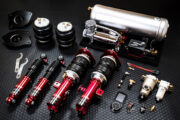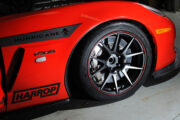When it comes to the intricate anatomy of an automobile, car panels stand as integral components that define both its aesthetics and functionality. These panels serve as protective layers, contributing not only to the overall appearance of the vehicle but also playing a crucial role in ensuring the safety of the passengers. Among these panels, car hoods stand out as a prominent feature, not just for their visual impact, but also due to their vulnerability in the event of a crash. In this article, we delve into the significance of car panels, with a specific focus on car hoods, exploring their susceptibility to damage during accidents, the process of buying replacement panels, and the key considerations when seeking replacement hoods and panels.
The Crucial Role of Car Panels
Car panels, often crafted from a combination of steel, aluminum, and composite materials, function as the protective skin of an automobile. While contributing to the vehicle’s sleek design and visual appeal, these panels serve as a shield against external elements, ensuring the safety and comfort of passengers. In particular, car hoods, one of the most prominent panels, cover the engine compartment, safeguarding the engine and its intricate components from dust, debris, and adverse weather conditions. Additionally, the hood also plays a critical role in minimizing noise and vibration, enhancing the overall driving experience.
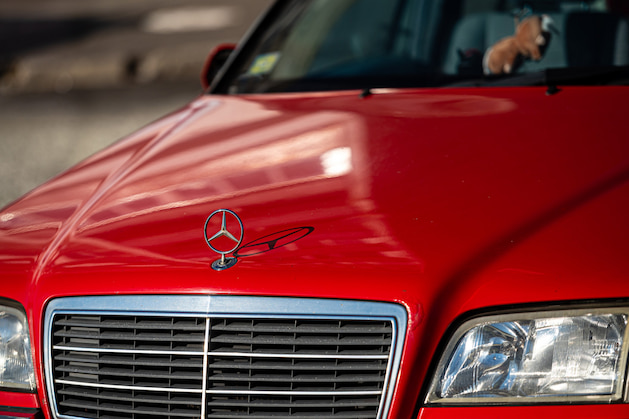
Susceptibility to Damage in the Event of a Crash
In the unfortunate event of a collision, car panels, including hoods, are particularly susceptible to damage due to their exposed nature. The front end of the vehicle, where the hood is located, is especially vulnerable as it often absorbs the initial impact during a crash. This impact can result in dents, scratches, and even structural damage to the hood. Furthermore, if the collision is severe, the hood’s ability to crumple and absorb energy might be compromised, increasing the risk of injury to the passengers.
Buying Replacement Car Panels:
When faced with damaged car panels, especially car hoods, many vehicle owners consider purchasing replacement panels to restore their vehicles to their original condition. The process of buying replacement panels involves several crucial steps to ensure a successful outcome:
- Identify the Exact Specifications: Different car models and makes have unique specifications for panels. Before purchasing a replacement hood or panel, it’s essential to identify the exact specifications that match your vehicle. This includes the year, make, and model of your car.
- Choose Between OEM and Aftermarket Panels: Original Equipment Manufacturer (OEM) panels are manufactured by the same company that produced your vehicle. They guarantee a precise fit and quality but can be more expensive. Aftermarket panels, on the other hand, are manufactured by third-party companies and are generally more affordable. However, their fit and quality might vary.
- Research Reputable Suppliers: Whether you opt for OEM or aftermarket panels, it’s crucial to research and choose reputable suppliers. Look for suppliers with positive customer reviews, a history of providing high-quality products, and good customer service.
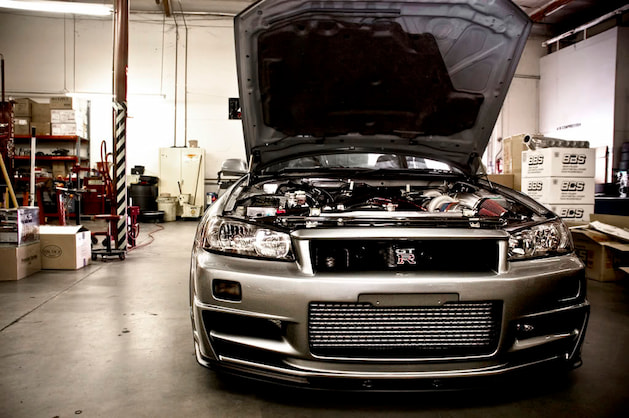
Considerations When Buying Replacement Hoods and Panels
When purchasing replacement hoods and panels, there are several essential considerations to keep in mind to ensure that you’re making an informed decision:
- Material Quality: The material of the replacement panel plays a significant role in its durability and performance. Consider the original material used in your vehicle’s panels and try to match it as closely as possible to ensure consistent performance and aesthetics.
- Fit and Compatibility: A replacement panel must fit seamlessly with the rest of the vehicle’s body. Ill-fitting panels not only compromise the appearance but can also affect aerodynamics and overall safety. Make sure the replacement panel is compatible with your car’s model and year.
- Safety Features: Modern car panels, including hoods, often incorporate safety features such as crumple zones and pedestrian impact protection. When purchasing replacement panels, ensure that these safety features are maintained to uphold the vehicle’s safety standards.
- Finish and Paint: If the replacement panel doesn’t come pre-painted, consider the cost and feasibility of painting it to match your vehicle’s color. Properly matching the paint is essential to maintain the vehicle’s aesthetics.
- Warranty and Return Policy: Reputable suppliers often offer warranties on their replacement panels. This provides you with peace of mind in case the panel has any manufacturing defects or doesn’t fit correctly. Additionally, a clear and fair return policy is crucial in case the panel arrives damaged or doesn’t meet your expectations.
- Professional Installation: While some experienced vehicle owners might opt for DIY panel replacement, it’s recommended to have replacement panels installed by professionals. This ensures proper fit, alignment, and safety, reducing the risk of further issues down the line.
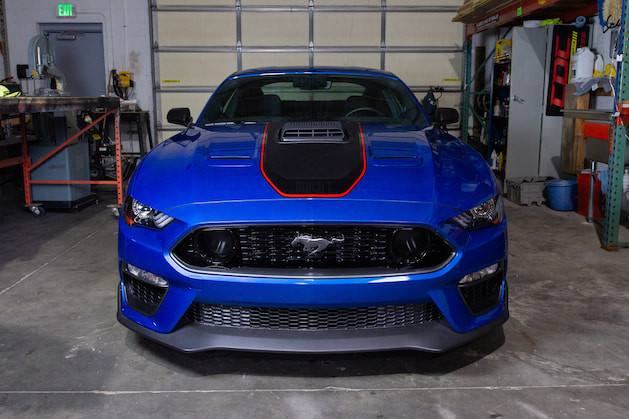
The Final Word
In conclusion, car panels, including the prominent car hoods, are vital components that contribute to a vehicle’s aesthetics, functionality, and safety. While susceptible to damage in the event of a crash, the availability of replacement panels allows owners to restore their vehicles to their original condition. When purchasing replacement hoods and panels, factors such as material quality, fit, safety features, and warranty should be carefully considered to make an informed and effective choice. By understanding the role of car panels and the considerations associated with replacement, vehicle owners can navigate the process with confidence, ensuring the longevity, safety, and appeal of their automobiles.

